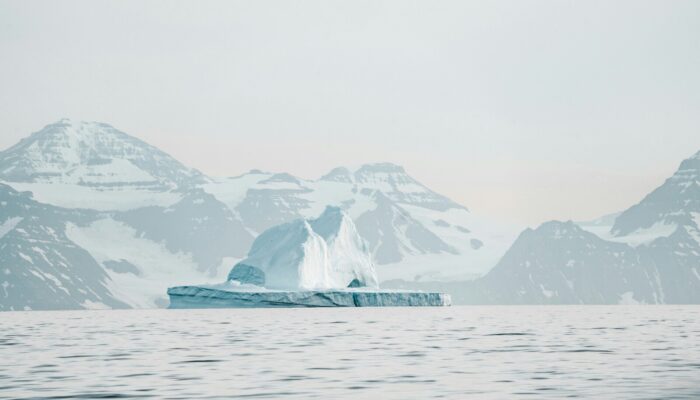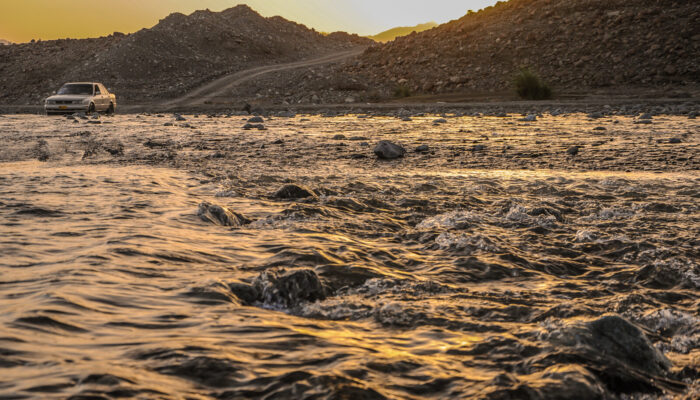Extracted from a depth of 2,500 meters, a giant 12-meter long marine sediment core from the Fram Strait, between Svalbard and Greenland, preserves a climate record spanning up to 400,000 years. Its sediment layers offer crucial insights into the Arctic’s past, helping Dr Jochen Knies and his research team answer two important question: Was the Arctic ever ice-free during past warm periods? W ...[Read More]
Between energy transition and racialised disparities: are we on the right path to energy justice?

Navigating the world in a Black or any other non-Caucasian body often means facing systemic disadvantages, marginalization, and discrimination especially in predominantly white spaces. These inequities shape all aspects of life, from accessing healthcare and education to economic opportunities and even access to basic resources like energy. Across the globe, Black, Indigenous, and People of Colour ...[Read More]
Open flood modelling: Real time inundation and human displacement forecasting is now possible!
Floods are powerful natural events that can wreak havoc on communities and ecosystems. Every year, millions of people are affected by floods, leading to loss of life, damage to homes, and disruption of daily life. This blog post explores a new method for quickly mapping flood zones and predicting their impacts. To help communities and decision-makers better prepare, the authors of a recent publica ...[Read More]
September 2024 flooding in Central Europe: The Austrian experience
This blog post is co-published with the Hydrology Division (HS). Storm Boris is the latest in a series of deluges during one of Europe’s most flood-prone periods in 500 years, yet Vienna managed to avoid major damage. The city’s preparations may offer valuable lessons for other urban areas facing similar challenges. Dealing with record rainfall: September 2024 in Vienna When record rainfall ...[Read More]



